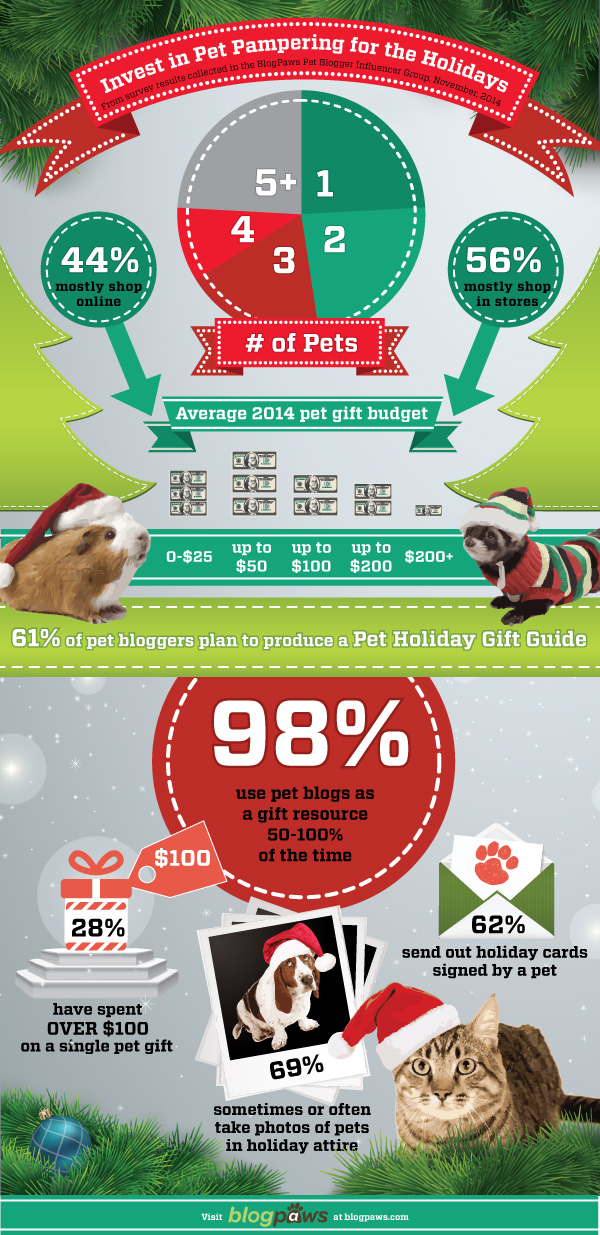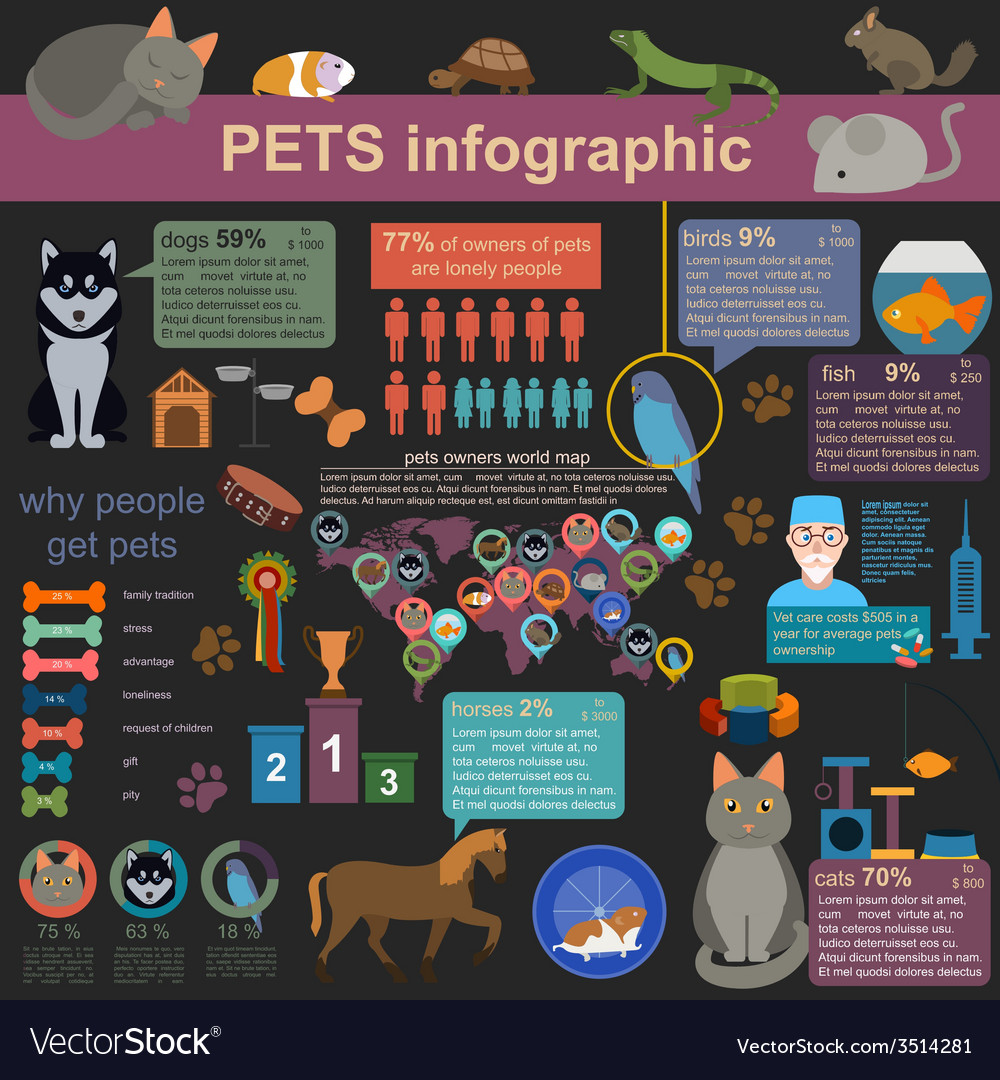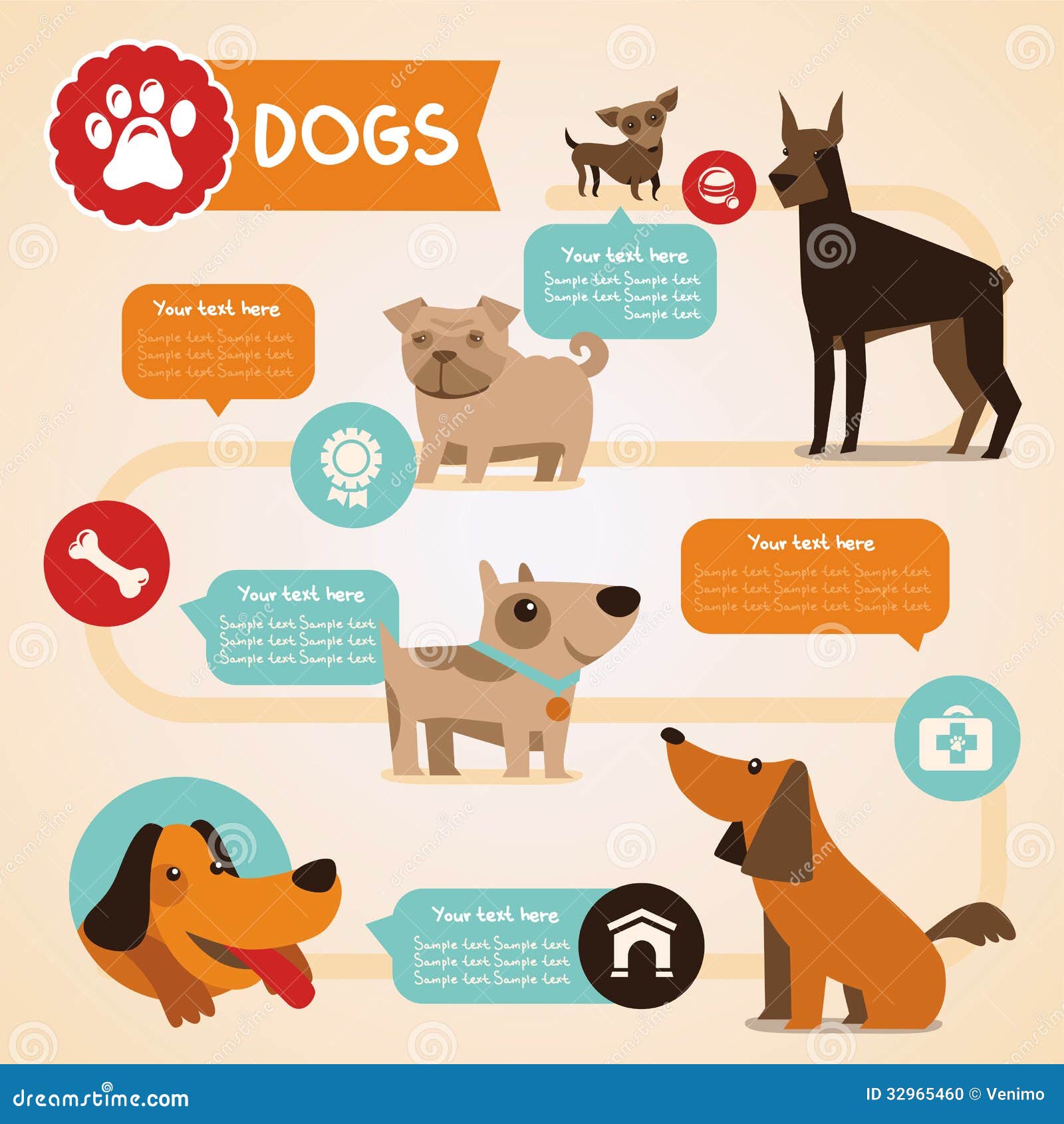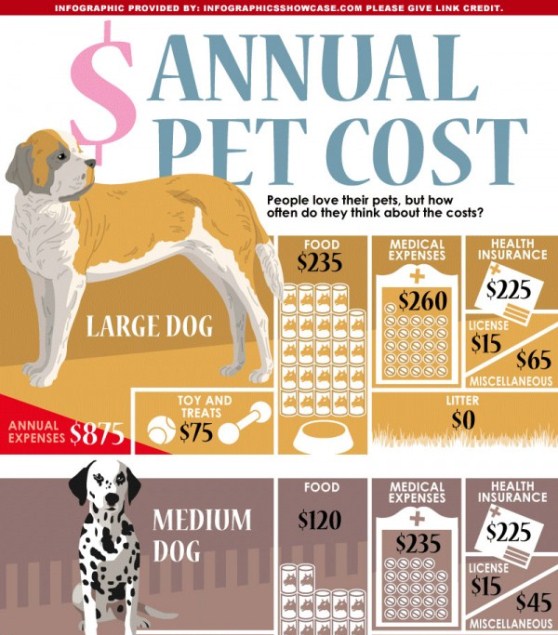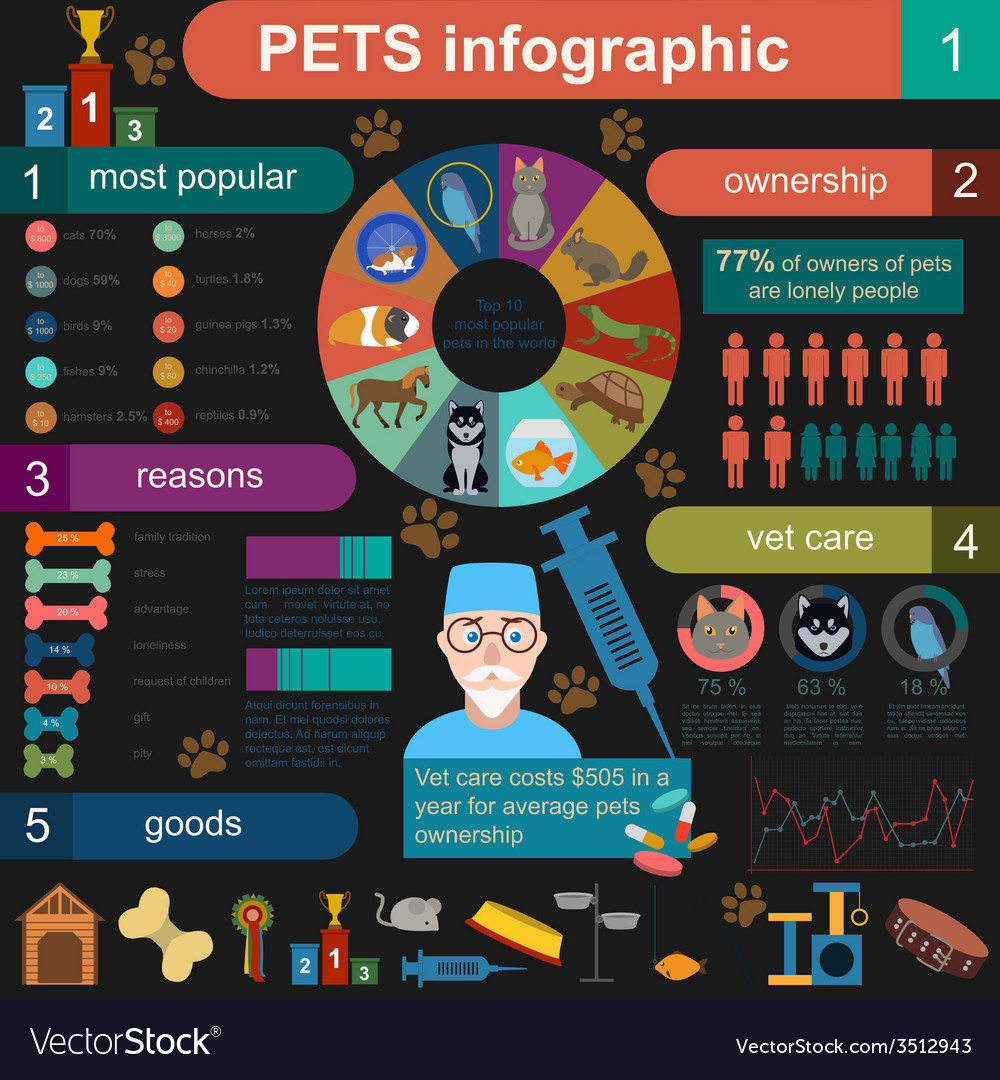What To Do If Your Dog Hates Going To Daycare Tips For A Smooth Transition
What To Do If Your Dog Hates Going To Daycare Tips For A Smooth Transition
Blog Article
How Pet Dog Childcare Aids Splitting Up Anxiousness
Pets with separation anxiousness show a series of actions consisting of whimpering and eating when their owners leave. Canine day care offers a safe and engaging environment that can help reduce these symptoms.
Often, pet dogs that come home to chewed-up furnishings or non-stop barking are dealing with separation stress and anxiety. While childcare can assist take care of the symptoms, it is not an option for all pets with separation stress and anxiety.
Socializing
Socialization is a powerful device to help treat splitting up anxiousness. It teaches canines to rely on other humans in an atmosphere where they can be securely separated from their owners. This can make veterinarian brows through, grooming visits, and various other human interactions less difficult.
Pets that are not socialized may show devastating behavior or excessive barking when laid off. These actions can be brought on by boredom, anxiety, or absence of workout. During daycare, your pet dog will certainly take part in group play and physical activity, which helps them burn off bottled-up power. The organized activities and routine of day care likewise protects against dullness, which can be a trigger for separation anxiety.
Going to day care regularly also establishes a routine and experience for your pet, making them watch being away from their owner as normal. While canine day care does not heal splitting up anxiety on its own, it can provide considerable benefits to your puppy along with various other therapy alternatives (behavior training and desensitization).
Excitement
Many dogs with separation anxiety feel a sense of abandonment when they're left alone. This frequently materializes as extreme barking, eating on furnishings, and attempts to leave.
Pet dogs in day care are provided lots of physical and psychological excitement. When pet moms and dads hand over their dogs, they are divided right into play teams according to age and task degree. This enables a risk-free atmosphere for everybody. Then comes morning group play, a time when dogs can engage with their fellow childcare pals and burn excess power. After a lengthy day of having fun and snacking, it's snooze time.
For lots of pet dogs, a constant routine of going to day care a few times a week helps reduce separation anxiety. Once they learn that being far from home isn't a big deal, they will certainly be much less nervous when their owners are away for work or on vacation. They'll also return weary, so they'll be extra able to relax with the night without worrying about their owner.
Workout
Pets can establish separation anxiety if their regimen is interfered with by routine modifications, family members moving in and out, or new experiences that make them really feel insecure. Also a small modification can set off an intense feedback that consists of harmful chewing, pacing and house messing.
Childcare supplies pet dogs with a structured daily regimen that minimizes unpredictability. It also keeps pet dogs involved with mental and physical stimulation via team play and agility activities, protecting against monotony that can fuel anxiety-related behaviors. The exercise likewise helps launch bottled-up energy, which can prevent the stress and anxiety that causes harmful behavior when the dog goes to home alone.
Routine attendance at childcare can substantially improve splitting up stress and anxiety. The familiar setting and routine helps your pet dog adapt to being away from you and find out that you will certainly return. It can help relieve behavioral issues such as too much articulation and house messing, leading to happier and extra kicked back canines in the house. The organized and stimulating setting likewise creates healthy and balanced sleep patterns, which can better contribute to reduced stress and anxiety levels.
Training
Pets typically develop splitting up anxiety when there's an adjustment in routine. This can be brought on by moving residences, changing work, or even a brand-new addition to the family members (an infant or a pup). Canines that experience separation anxiousness will reveal signs like too much chewing, barking, and home messing.
A consistent timetable of daily social communication through childcare can help pet dogs overcome their anxiousness about being alone. This is accomplished through a progressive strategy that subjects the pet to longer time periods without their proprietors.
Training sessions via daycare can likewise help with separation anxiousness. The mental excitement offered with board and train dog training obedience and dexterity activities maintains dogs occupied, so they do not focus on their stress and anxieties. Enrichment video games and scent work take advantage of a dog's natural searching instincts and are an efficient means to reduce monotony that leads to anxiety-related habits. Inevitably, while daycare can be practical in the short term, it's not a remedy for splitting up anxiety. Instead, a specialist behaviorist should be sought advice from to develop an extensive splitting up anxiety treatment strategy that consists of training, desensitization, and positive reinforcement.
enter'>|










